
As part of Autograph’s 35th Anniversary celebrations we invited the public to respond to the theme of ‘Becoming Visible’. This call for photographs took inspiration from Autograph’s long-standing history of supporting artists who use photography to explore issues of identity and representation, considering questions such as: who gets visibility in the public realm, what gets forgotten or rendered (in)visible, how can photographs refuse erasure and act as documents which anchor a subject in a time and place?
We received over 1,000 brilliant images and we're delighted to share a selection of submissions below, presented alongside contextual information provided by the artists. Works were shortlisted by a panel of judges which included: the artist Hélène Amouzou; Autograph's Curator Bindi Vora; photography editor, curator and consultant Jennie Ricketts; Autograph’s Digital Content Manager Livvy Murdoch. Thank you to everyone who took part. You can find out more about Autograph’s open calls here.
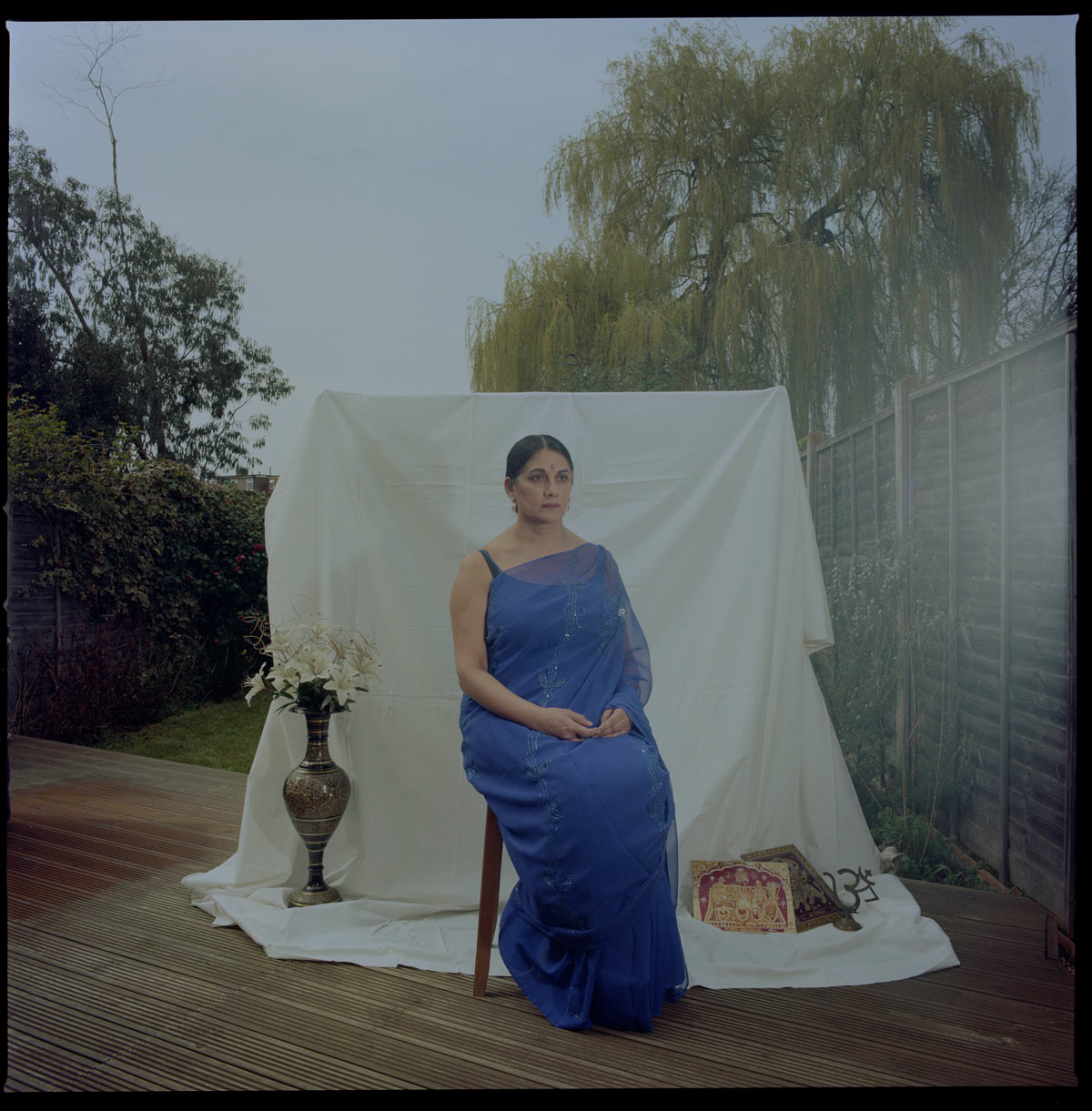
This work was selected by artist Hélène Amouzou to win the outstanding contribution prize: a selection of Autograph publications.
"This image is of my mother wearing a sari, allowing her to showcase her Indian identity. Placed in a constructed environment the making of this image enabled a reclamation of personal space and place. It was powerful to see her involved in my own search for identity and belonging."
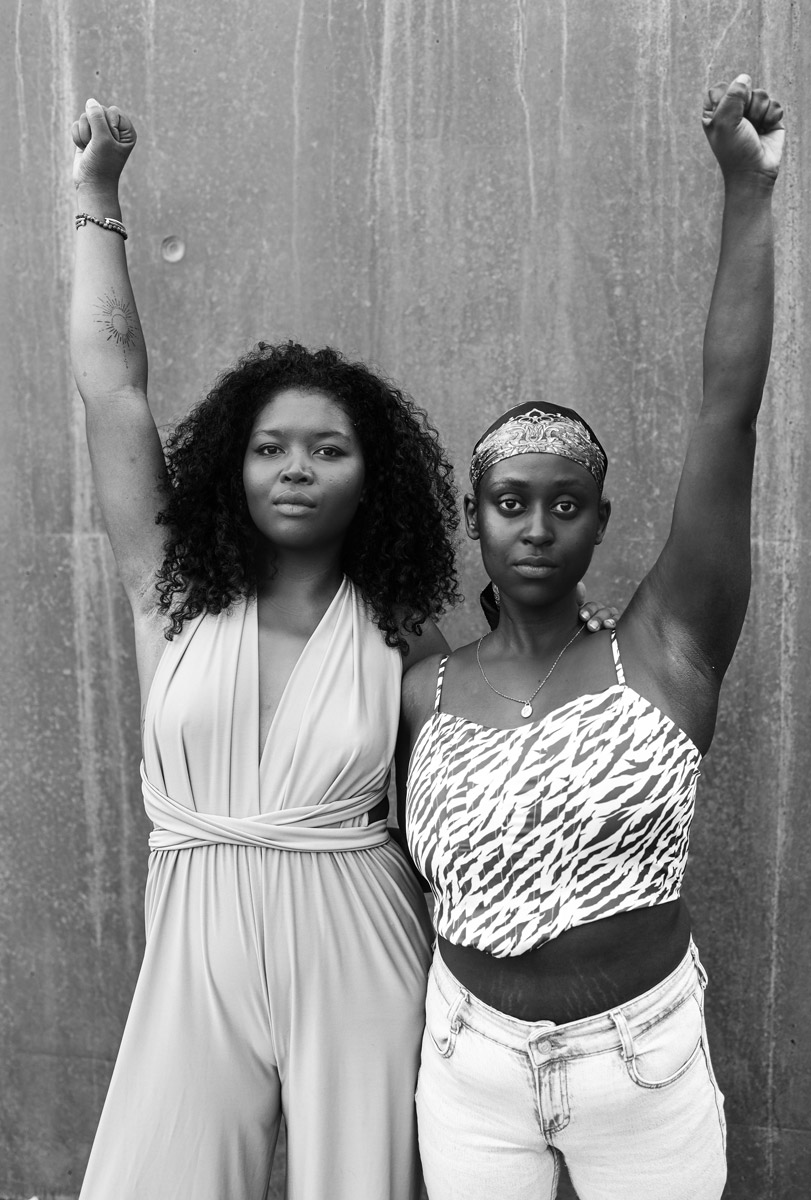
This image is part of a photographic series that pays tribute to black women, who suffer double discrimination in our patriarchal and racist societies. Each image in the series is presented alongside testimonies from the sitters:
"It is by hearing someone else's journey that we feel less alone. To be understood and listened to helps us to find our space. It's extremely important, and no one is going to do it for you. If it seems difficult, lean on women who have already taken steps in that direction. Instead of being jealous, let's inspire one other.
Share your story. Your story is unique, but our wounds are common. It will reach out to another sister. The racism I have experienced is a silent, insidious racism. Under the guise of a joke, anything can be said. But if the person targeted in the joke isn't laughing, it's an attack." - Tiana

"Mum visited Dad every day, but sometimes he no longer recognised her. I took some of the time left with my father to attempt a visual explanation of his situation, using photographic techniques such as the capacity to spread time across an image."
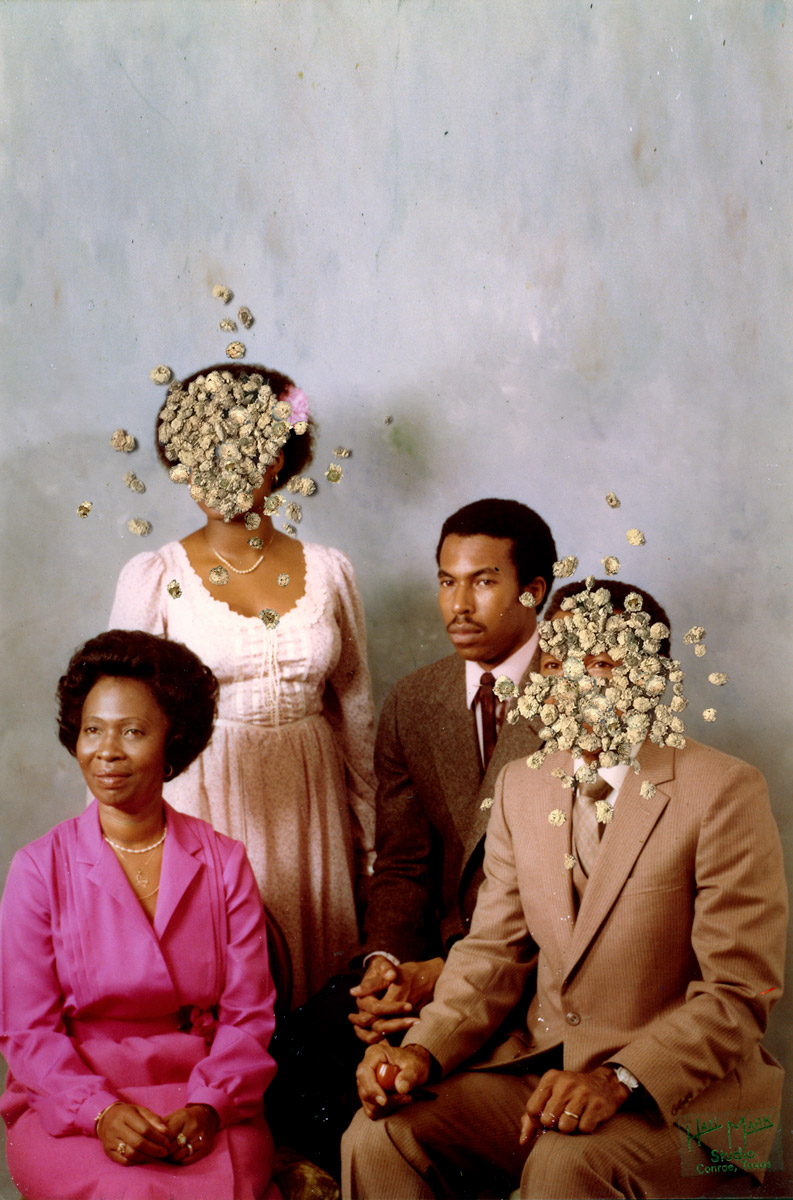
"Billie-James is a growing photographic series displaying the parallels between my experience and my father's growing up in America. The work is a continuing message of protecting, celebrating, and liberating Black life.
This image, KIN, was created as a self-expression of grief and joy through the archives. The gesture of displaying flowers on top of my loved ones' faces is a spiritual acceptance that my loved ones have journeyed on. With my grand-daddy's eyes on display, I believe he is always with me wherever I go in life. Til we meet again..."
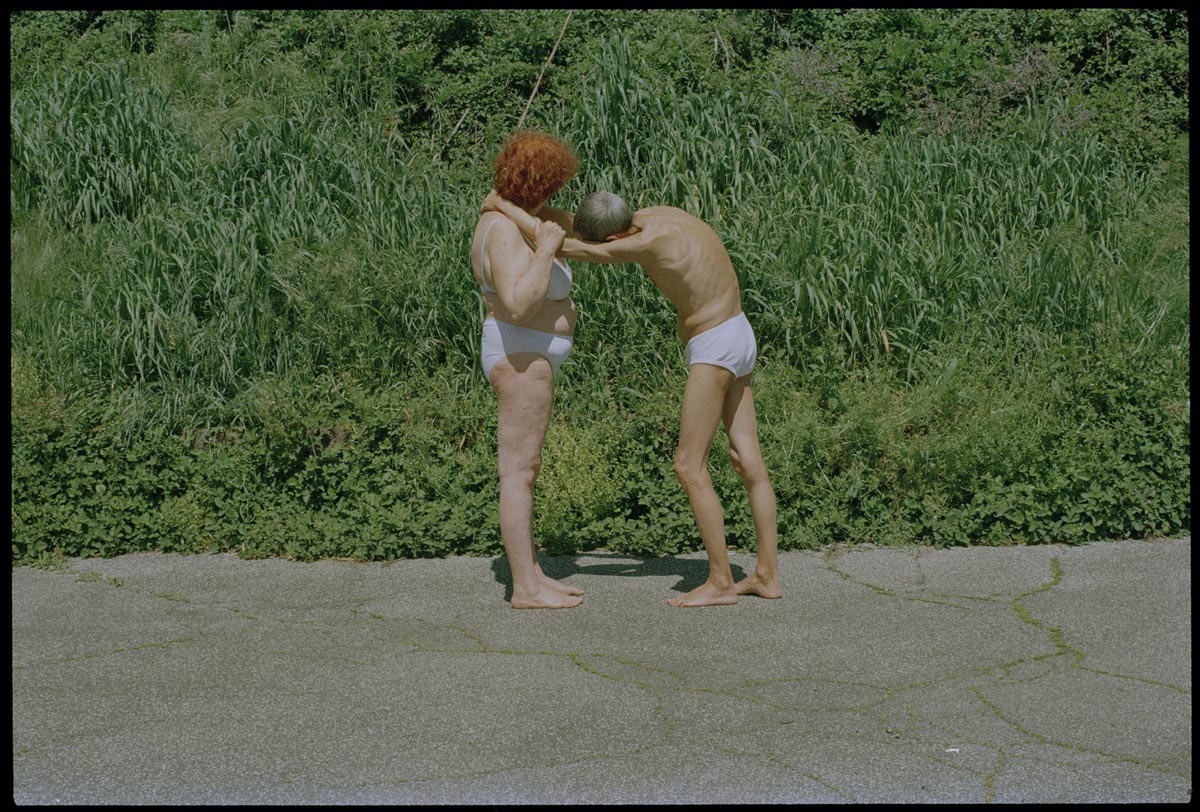
"'Onironautica' originating from the Greek words Ὄνειρος' (dream) and 'ναύτης' (sailor), encapsulates the art of delving into dreams. This project aims to depict lucid dreams, where dreamers navigate their subconscious with conscious awareness.
The term 'lucid dream' was introduced by Dutch psychiatrist Frederik van Eeden in 1913, marking a pivotal moment in dream research. Drawing inspiration from van Eeden's pioneering spirit, I embarked on a photographic expedition to capture the essence of these dreams, aiming to preserve details, sensations, memories, and visions from within heightened dream consciousness.
By meticulously emulating a creative process akin to AI generators — which craft scenarios from the void — Onironautica evolved into an experimental ground to voyage into both consciousness and the unconscious, unraveled the intricate interplay between human imagination and AI's capacities."
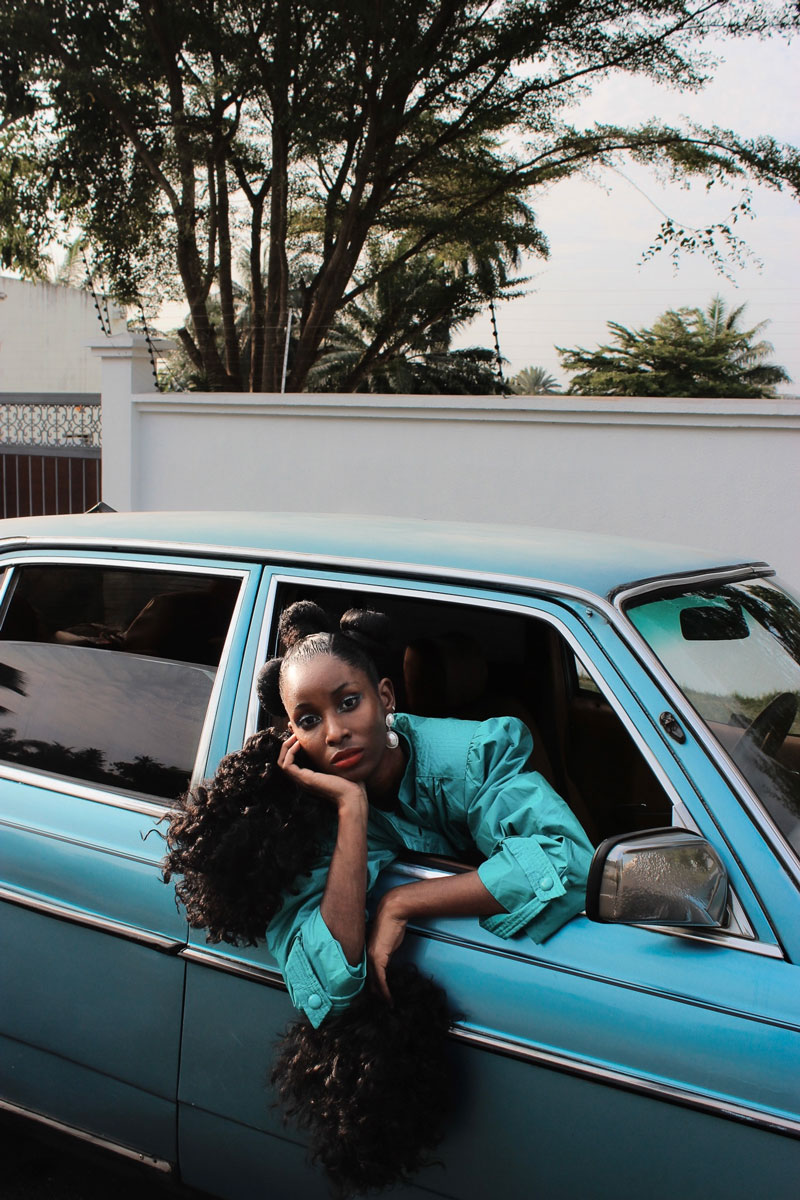
"HairStory is part of a series that combines feelings of nostalgia with an ode to the beauty of hair; its textures and varieties in style, feel and form. The series explores the transition of afro-textured hair from stigma to a celebrated part of mainstream culture.
Hair has always been a medium through which people have communicated different identities and a sense of self. HairStory is exactly that, the celebration of oneself."
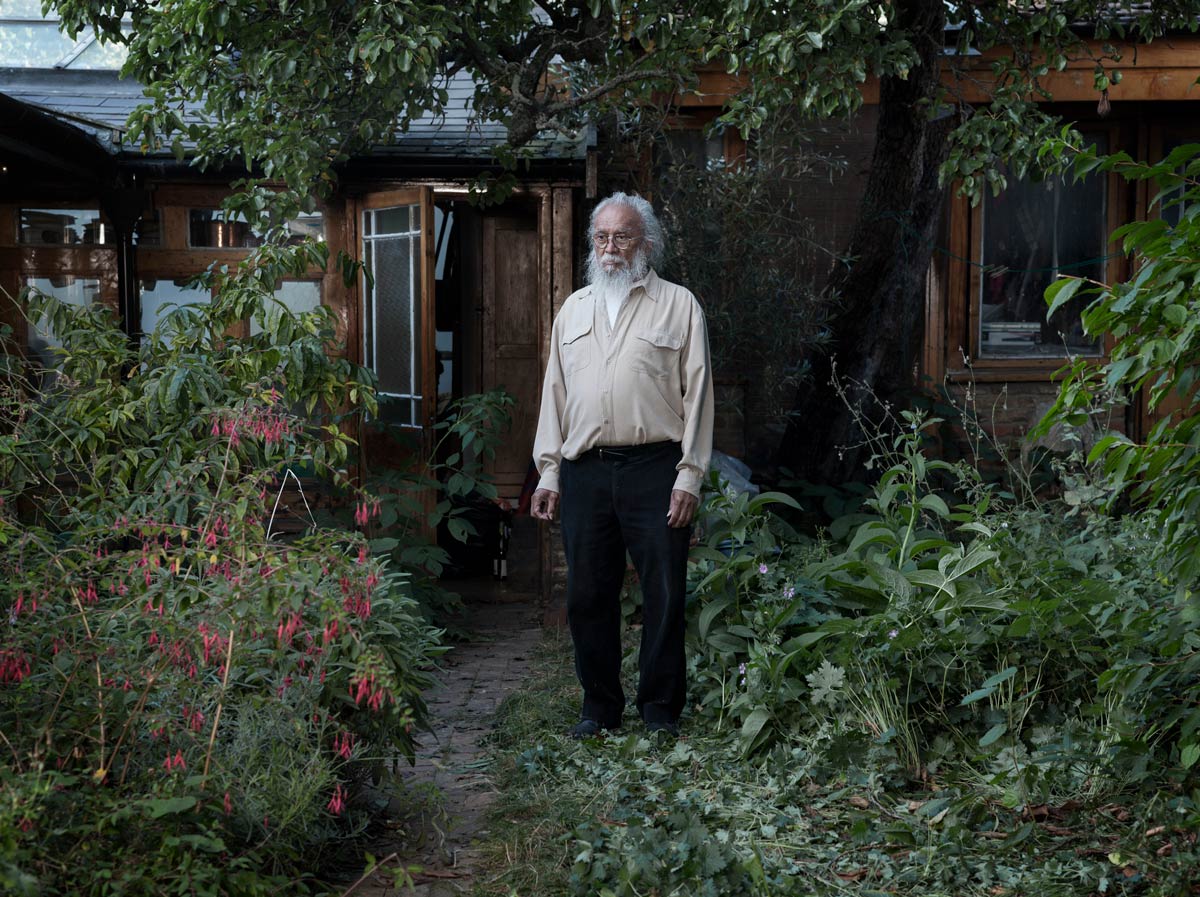
"The Snowman explores my complex relationship with my Afro-Mexican father, José Nava. Making the work over the years was rarely easy but it was always rewarding! The project facilitated a visual dialogue to express the unspoken between us. Even now that he’s gone, he remains a vital presence in my life."
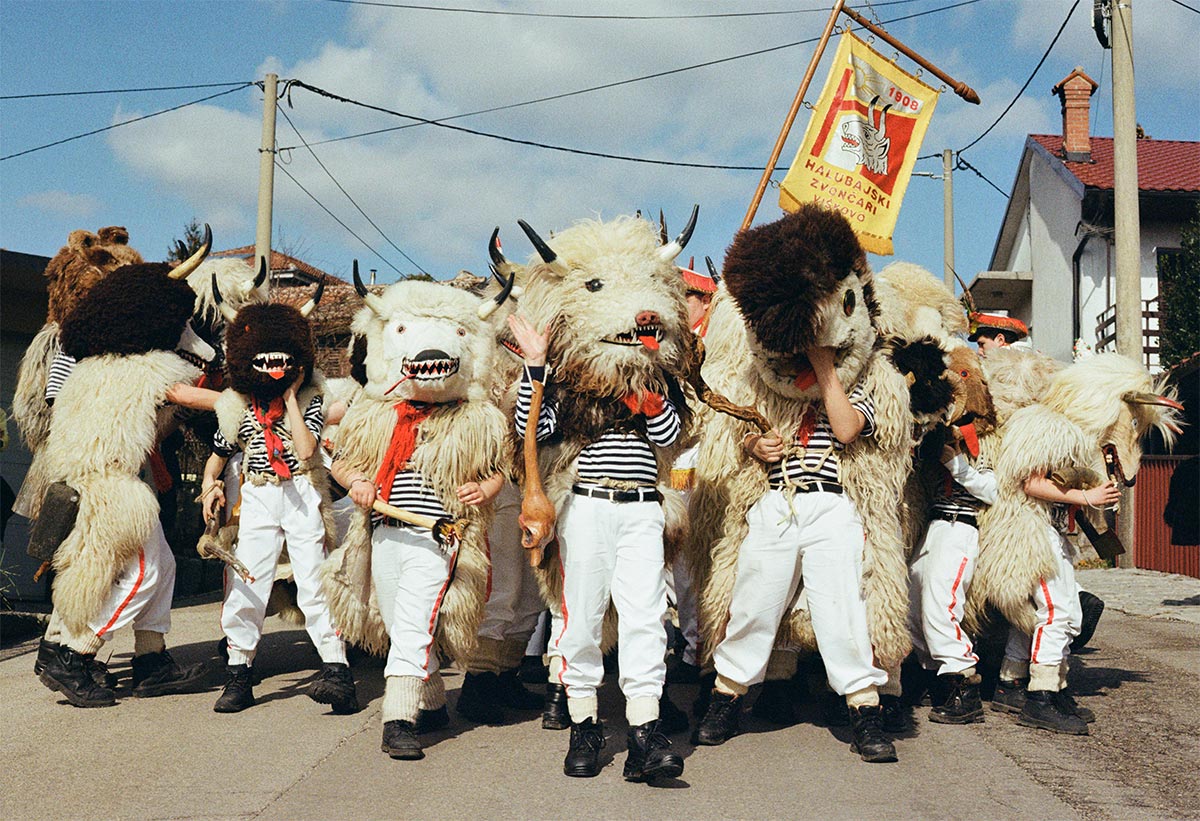
"The Zvončari series offers a window into Croatian folk rituals tied to an enduring devotion to the land, and a desire to reconnect with the Earth, our inner self and others.
These pagan rites stretching back beyond medieval Europe mark the start of the spring harvest. The event - which takes place in the mountains of Rijeka - looks at the power of human cohesion to counter and outlive the threats posed by ‘the evil forces’ inhabiting each one of us, fostering empathy, prosperity and stability in an age of sociopolitical and environmental crisis."
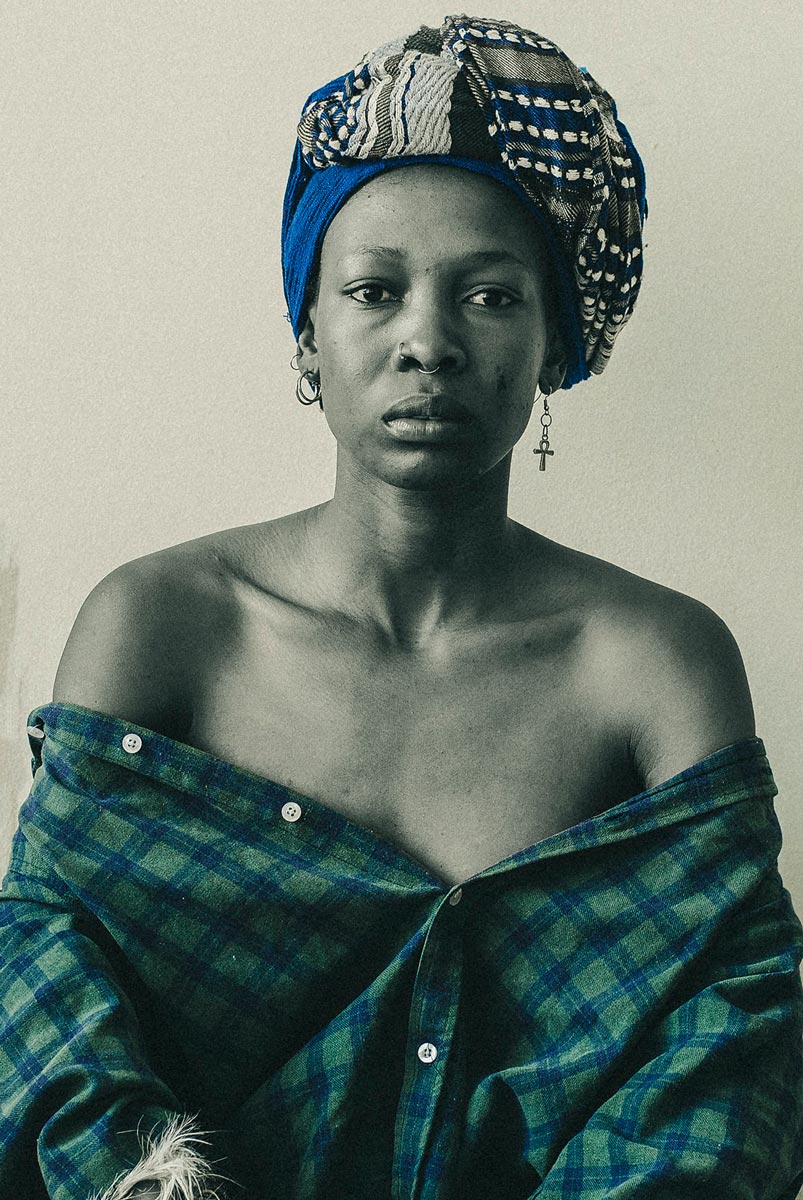
"Thalente lami ukuba yimi noma ngabe impilo iphetheni - which translates from the isiZulu language, to mean: 'my talent lies in being myself, regardless of what life presents to me. I am a blend of the past and present, a representation of my ancestors'.
This photo is part of a series in which I sought to capture my vulnerable side. I've reached a point where I'm okay with who I am. It's been a journey and even though I'm in a good place now, there's still a bit of darkness. I see myself as a girl with talents, just like the strong women who came before me. The name 'Thalente' is a gift from my ancestors, and it means a lot to me. Each picture in the series tells a bit of the story of Thalente and is a promise to those who will come after me. This journey of self-discovery is about accepting all parts of myself – the ups and downs. I invite you to see these pictures as a celebration of vulnerability and self-love, embracing the complexity of a life well-lived."
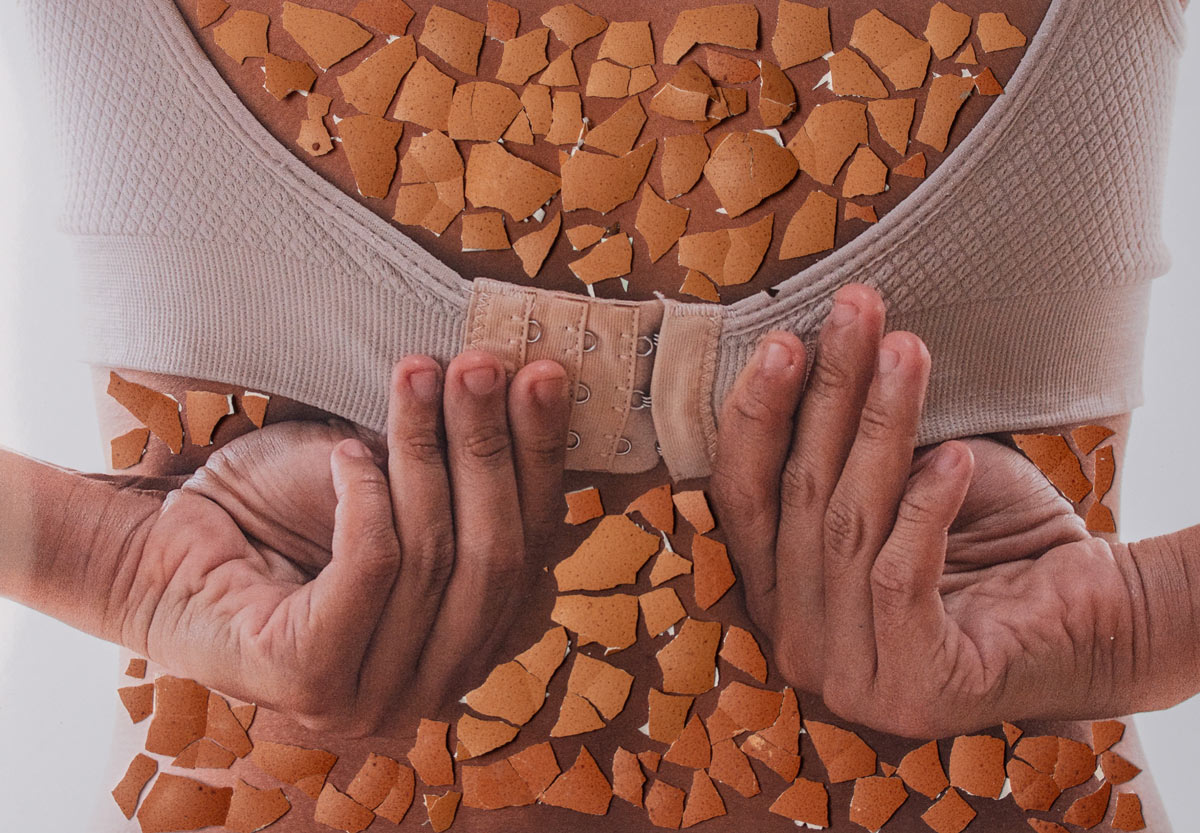
"Part of the mixed-media photographic series An Ordinary Story from a Mother's Diary, this work captures real and staged emotions as I reflect on the highs and lows of my journey into motherhood. I utilised the restlessness I felt as a mother with a toddler, combining portraits of our everyday activities with organic waste from our domestic scenes, since I do the cooking every day.
I used this combination of portraiture and waste as a metaphor for my limited mobility as a woman, making use of the traces produced from our interactions as a mother and child. I avoided the use of adhesive as I wanted to express the patience and quiet I feel as I go through process of motherhood. If things fall apart for some reason, I'll just redo it and take a new photo to create a fresh perspective."
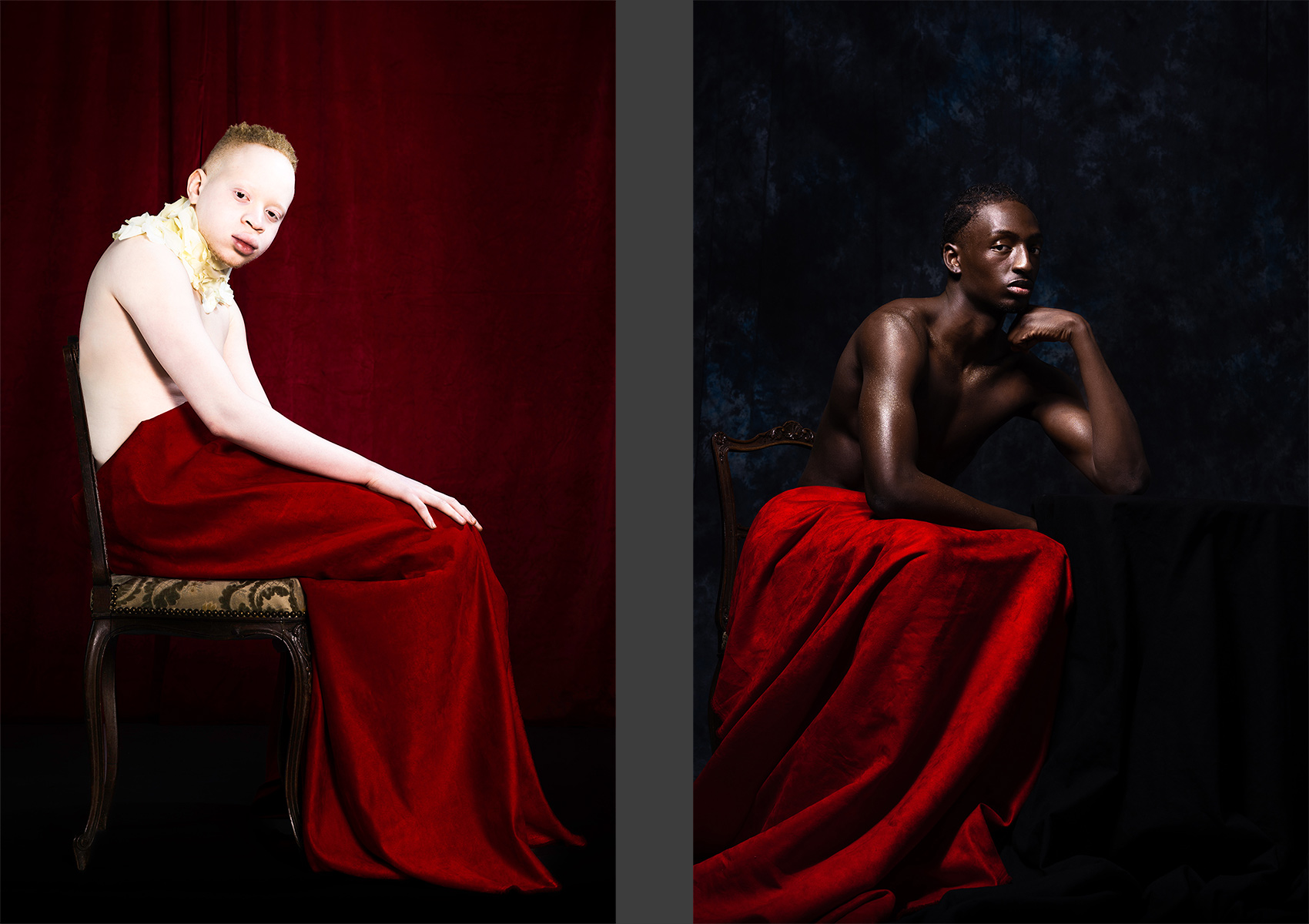
"Forgotten by the Renaissance is a series where I aim to capture the essence of individuals who, historically, were rarely seen as subjects in the Renaissance paintings adorning museum walls. These images feature minorities and people from diverse backgrounds, providing a fresh perspective on their significance and prominence in the tapestry of art and culture.
Seeking to challenge traditional narratives, Forgotten by the Renaissance reimagines these overlooked individuals in positions of prominence and power, thus creating a more inclusive representation of history. Each photograph narrates a story, breathing life into characters often disregarded in traditional art. Through this fusion of past and present, the series encourages viewers to question the historical biases within art and opens a dialogue on the importance of embracing diverse narratives."
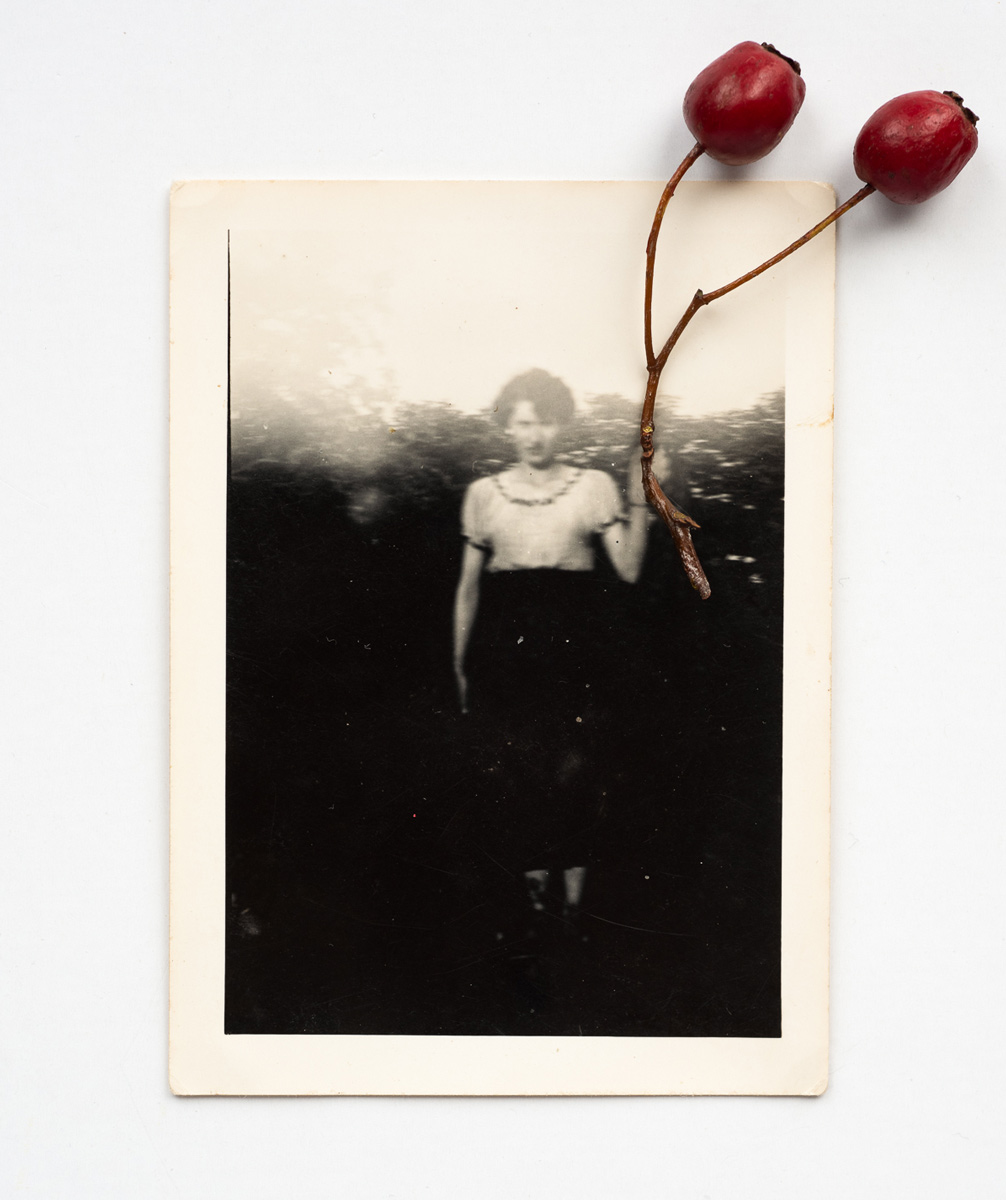
"'In London, no one knew who you were, so you could be whoever you wanted to be.' - from conversations with my mother, 2021.
This photograph is from In Mid-Ocean, a body of work that explores the Irish diaspora from the often overlooked female perspective. Through the family album and recollections from my mother who emigrated in the 1950s, a new reading of this generational story becomes visible."

"Monna O Montso evokes a parenting moment from a child's point of view, it is the name of a wooden sculpture that my grandmother used when I was a mischievous child to frighten and stop me from breaking her fine china and tea sets. Although this image tells a personal story, I want to explore the interconnectivity between cultures through a playful take on constructed photography."
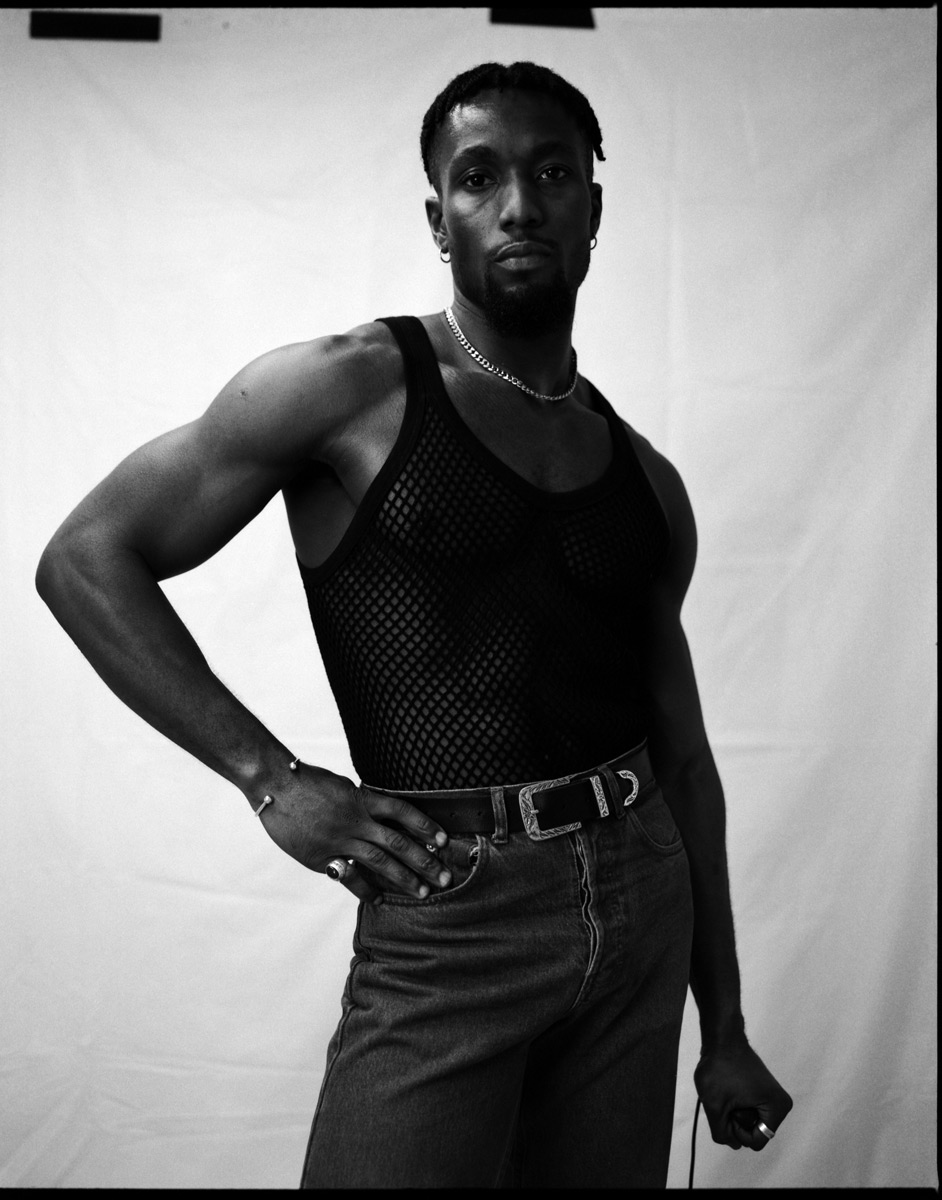
"By using the camera as a tool to confront and address issues around masculinity and sexuality, I aim to interrogate the ways in which gender has been constructed and performed in the arena of both the public and private realm, as it pertains to my lived experience as someone who is doubly marginalised on the basis of race and sexuality.
It is in this space that I seek to formulate a resistance against the rigid hetero-patriarchal framework of black masculine identity. Understanding how the personal and political are linked and contingent on one another, I am coming face-to-face with both myself and the world around me, using the photographic medium as a means of self-liberation and defiance."

"Irene, now aged 80, reworked this image from her family album as part of Got Through It, a socially engaged project working with people from the Romani Gypsy community in Cheshire who were severely impacted by the Covid-19 pandemic. She decided not to show her face partway through the project which reflected on the impact of the past few years on Traveller lives."
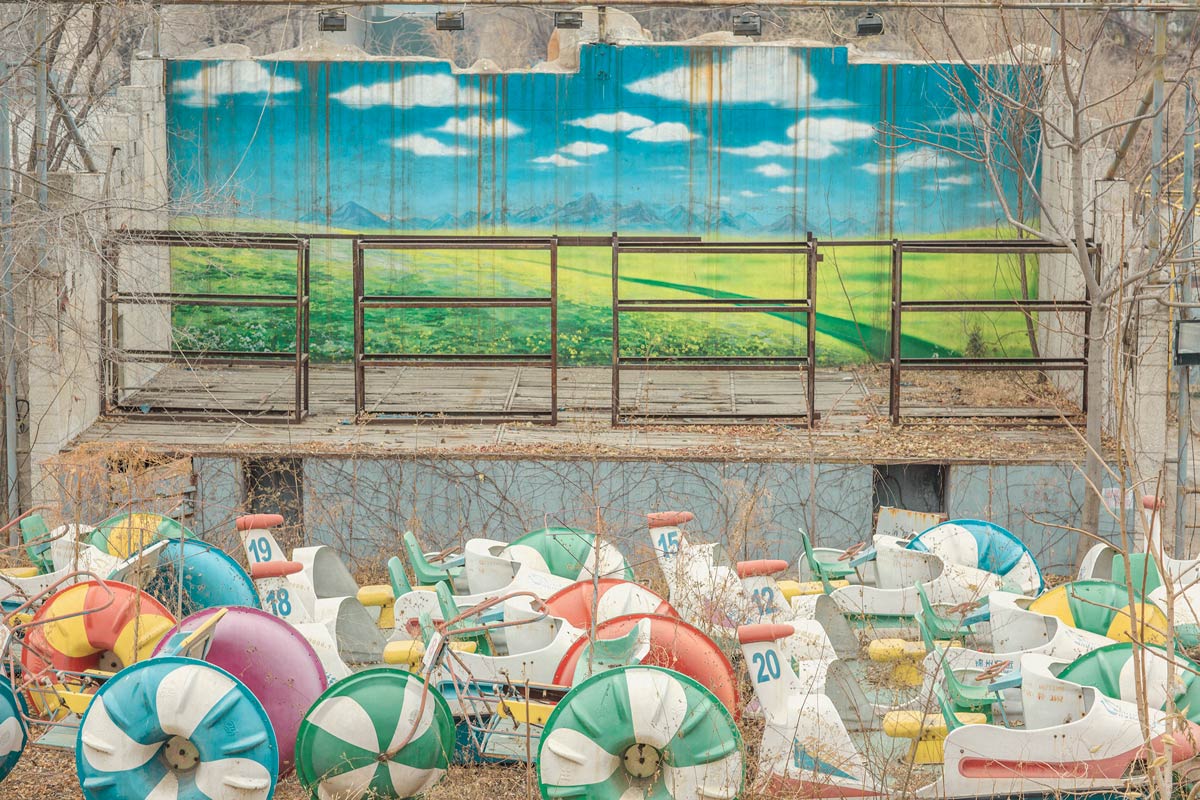
"Most of the amusement parks of China are now disused. The process of urbanisation and the pluralisation of entertainment activities has meant that these sites have become defunct and forgotten. Where they once brought joy, they now seem to sing of sorrow and loneliness.
I found these forgotten sites through Chinese internet platforms, satellite maps, and by word of mouth. The super saturated colours have faded but are gorgeous nevertheless."

"This photographic project was carried out in Naples and in some of the most evocative locations of the Vesuvian and Phlegraean landscape. A journey in search of mystery, capable of descending and plunging into the layers of the polymorphic city of Naples.
The artistic project aims to become a communicative channel in a sacred space, between the human world and the divine world, between history and myth, between presence and absence."
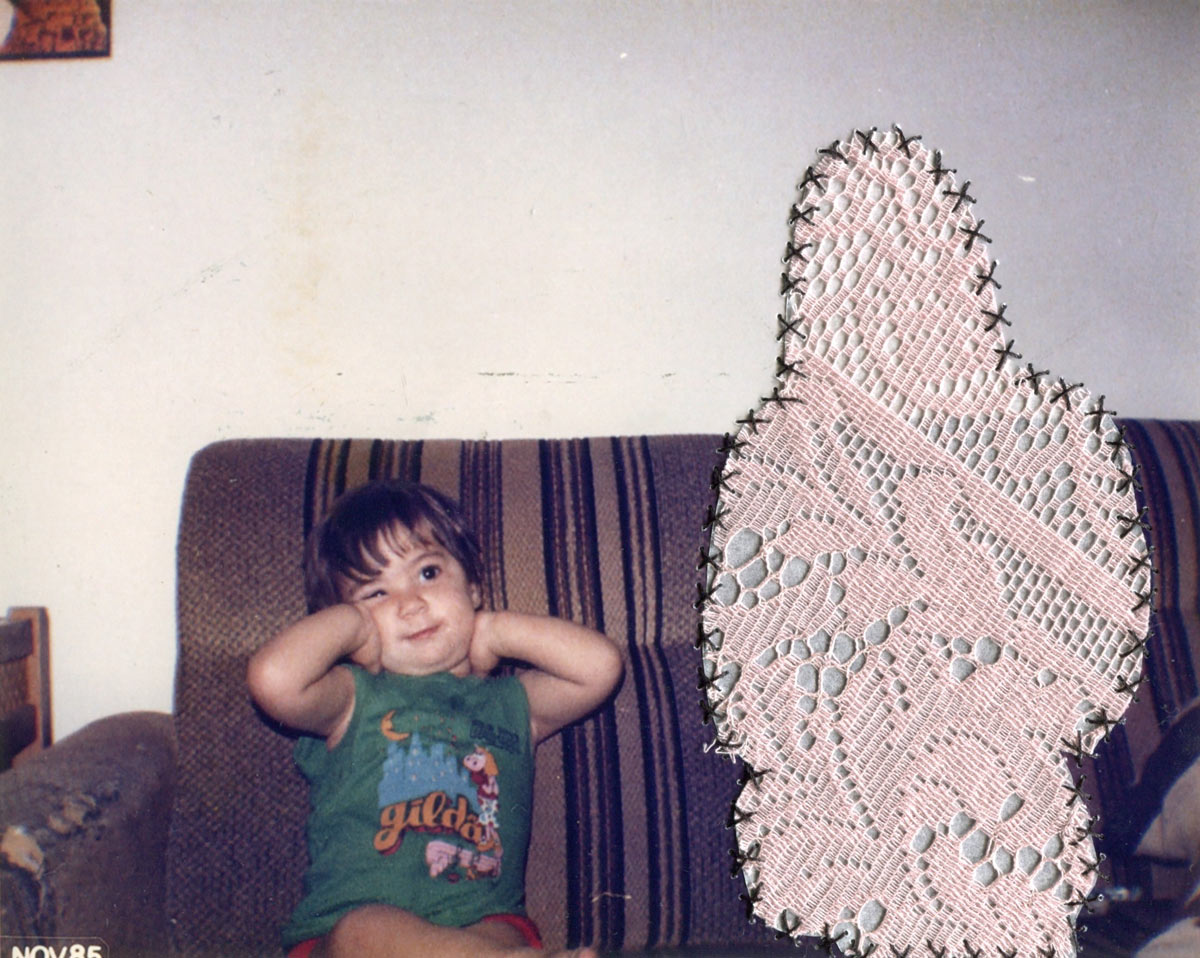
"As a single working parent, my mother always relied on domestic help from other women when I was growing up. These women, often referred to as ‘almost a part of the family’ for years lived in our house, fed and bathed us. Though I learned from and carry memories of them, they are not in any of the photographs from my childhood.
This made me reflect on and research the invisibility of domestic work, the gendered division of labour and visual representations of the family. I decided to recreate my own history by reinscribing the presence of these workers who were once effectively, and affectively, part of my life, onto my childhood photos.
NOT IN(visible) consists of six photographs rescued from my family albums, altered by hand, using collage and stitching techniques to include the figure of the domestic worker in order to reconstruct a ‘real version’ of memory – or representation of the past. The process of doing everything by hand, an important choice here, places focus on the relationship between form and meaning, and feeling. It reflects the labour, the long working hours, the time-consuming job, and it becomes part of the outcome."

Caleb is a surfer and a survivor of a great white shark attack. This photograph captures Caleb performing the action of popping upright from a flat position on a surfboard, in the heat of the midday sun.
This image is part of a series considering the marks of memory and time on people's lives. In this instance, Caleb chose to perform the seemingly simple yet physically demanding action of rising from the surfboard to represent the single most difficult act of returning to the sea following the attack.
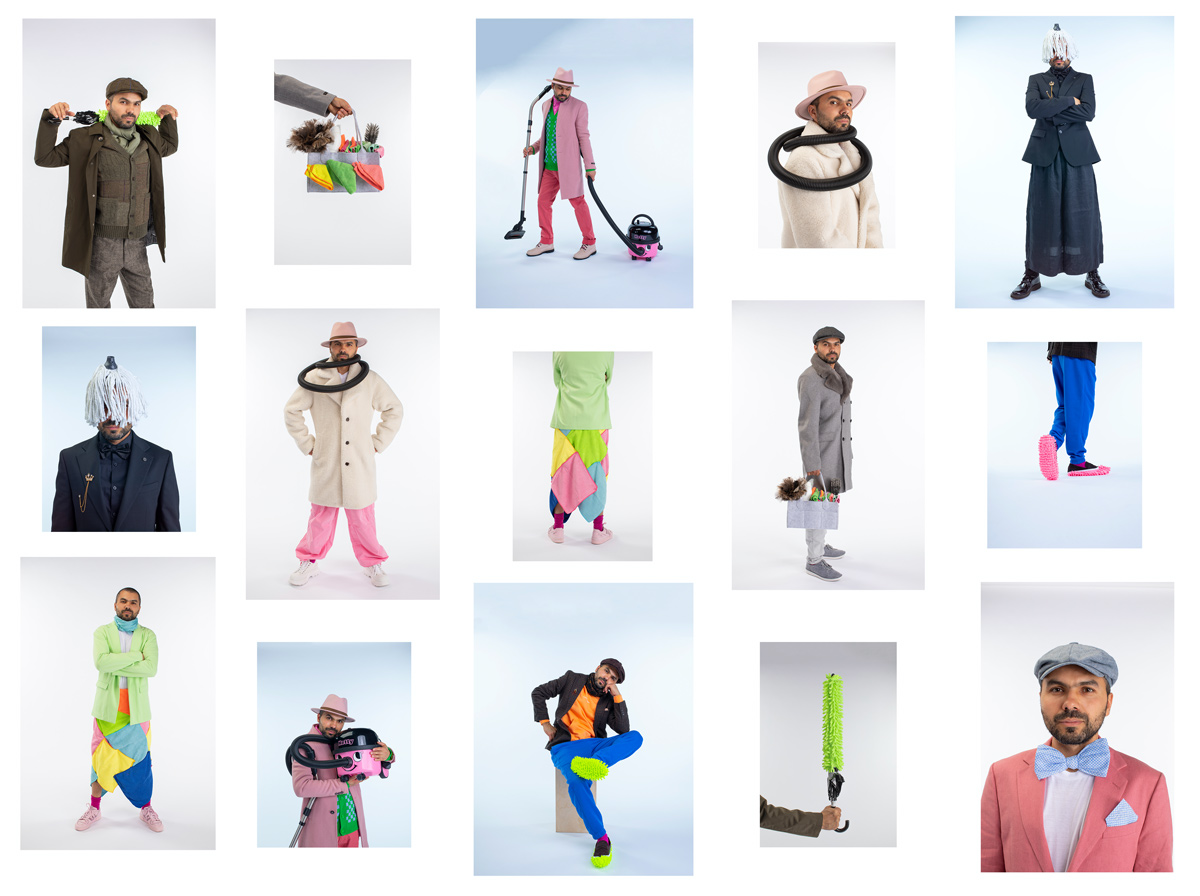
"In this series of self-portraits, I wear clothes that combine my artistic world and my day job as a cleaner. I added accessories associated with my work (such as cleaning cloths) to my outfits and created a 'between stage', in order to make people rethink their biases and prejudices.
When I am dressed as a cleaner no one notices me. Society imposes stereotypes on me. I am being judged by my surface. There are two sides of me represented here, but which one is my alter ego? Am I a cleaner who pretends to be an artist, or am I an artist who pretends to be a cleaner? And can I be both?"
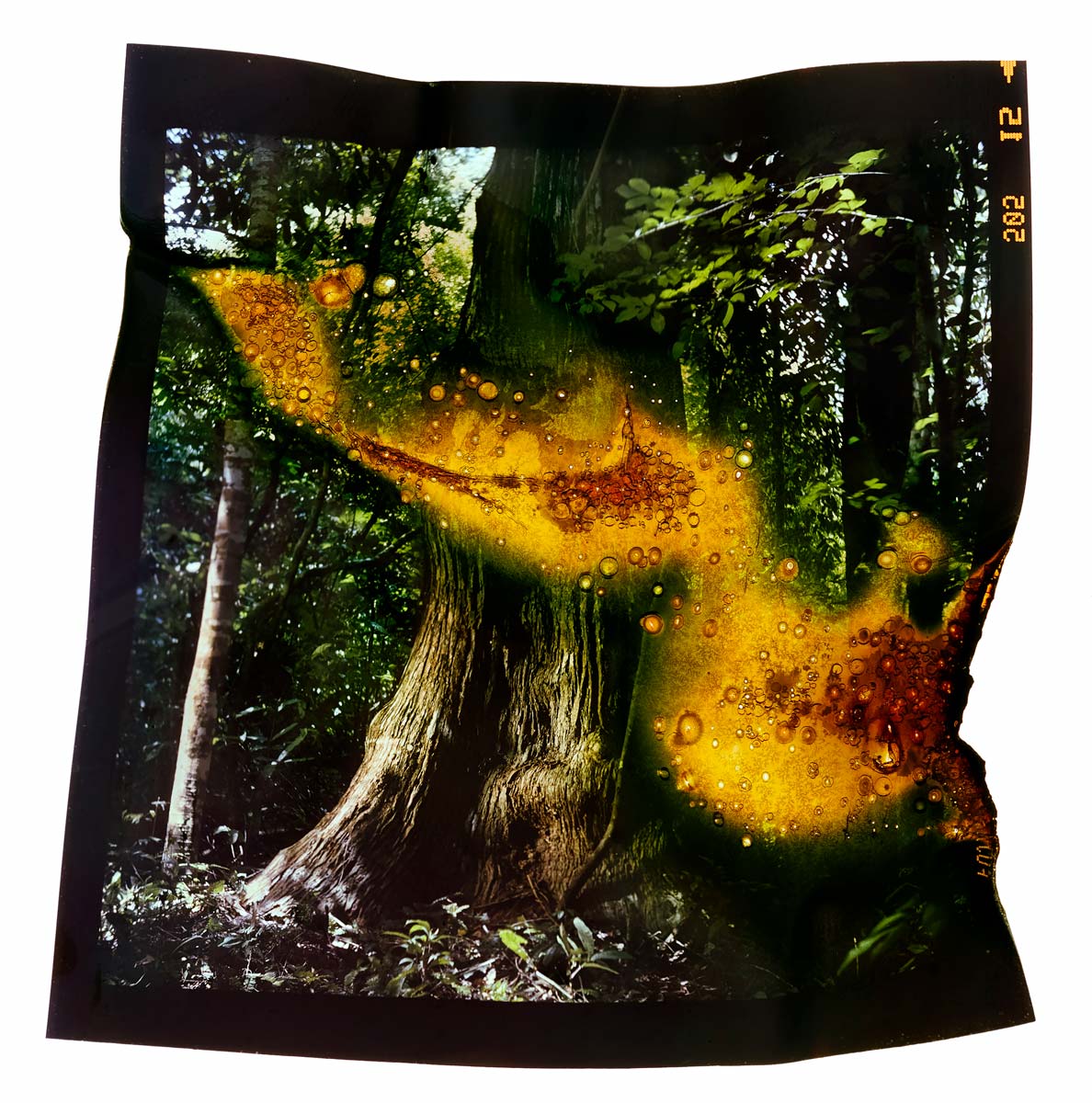
"OPEN FIRE is the result of my reflections on our current situation, of irreversible loss to biodiversity caused by fires. Focusing on the destructive fires that have recently swept away landscapes around the globe, the majority of them interpreted as a consequence of climate change, but in Latin America also an outcome of political conflicts, this work appropriates the violence of fire upon natural and cultural heritage and unveils the unrecognisable environment it leaves for future generations to live in.
For this series, I would find and photograph natural areas of high relevance for conservation in Brazil with a medium-format analogue camera. After being developed, I would burn the photographic film. Despite having already planned this step well, I kept putting off the actual moment of burning. I was trying to postpone the pain. The pain of aggression, of irreversibility. The pain of violating such places of beauty and teachings."
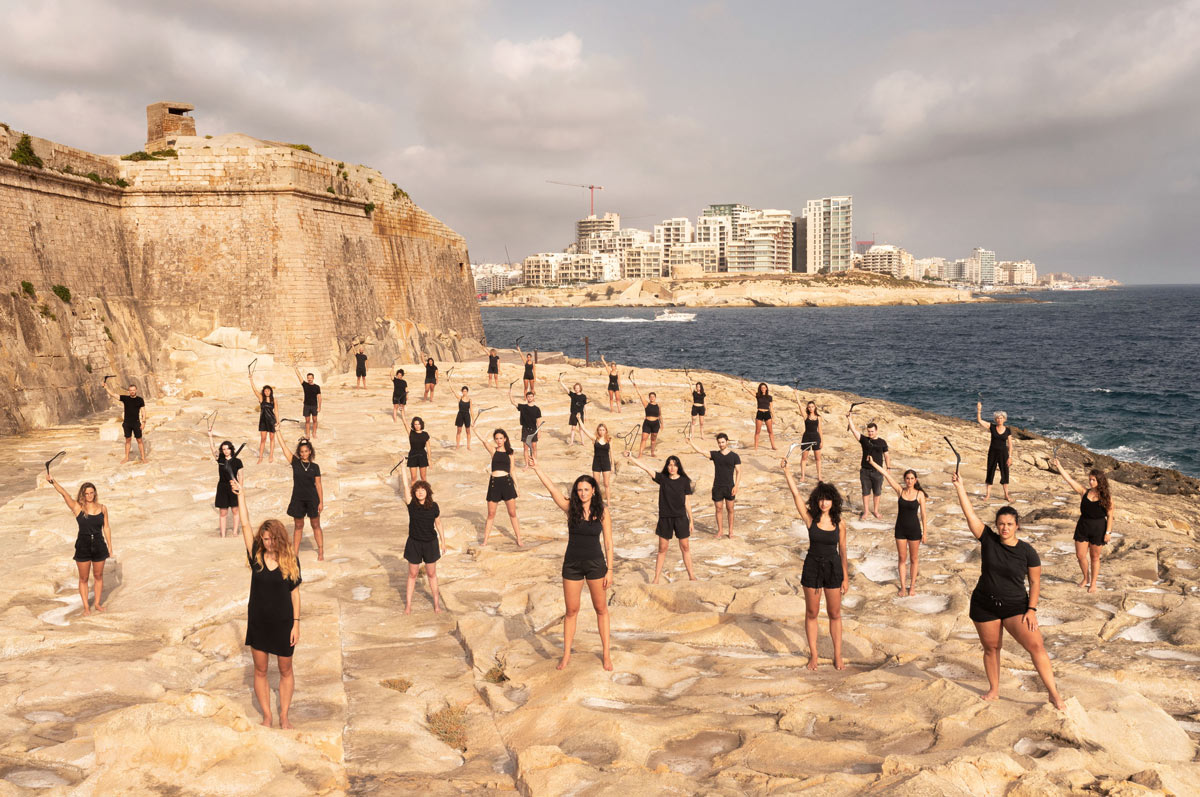
"44 individuals are stood together in unity, their fists raised in a strong statement of defiance against the criminalisation of abortion, holding hangers up high.
The hangers serve as a symbol of the silent suffering faced by women in Malta who have been forced to resort to unsafe methods to obtain an abortion. There was a strong collective presence that day, everyone felt the same sentiments of both anger and sadness; however, they were unified by the need for change. It was an emotional sight, seeing so many people gathering together on such a stigmatised topic."
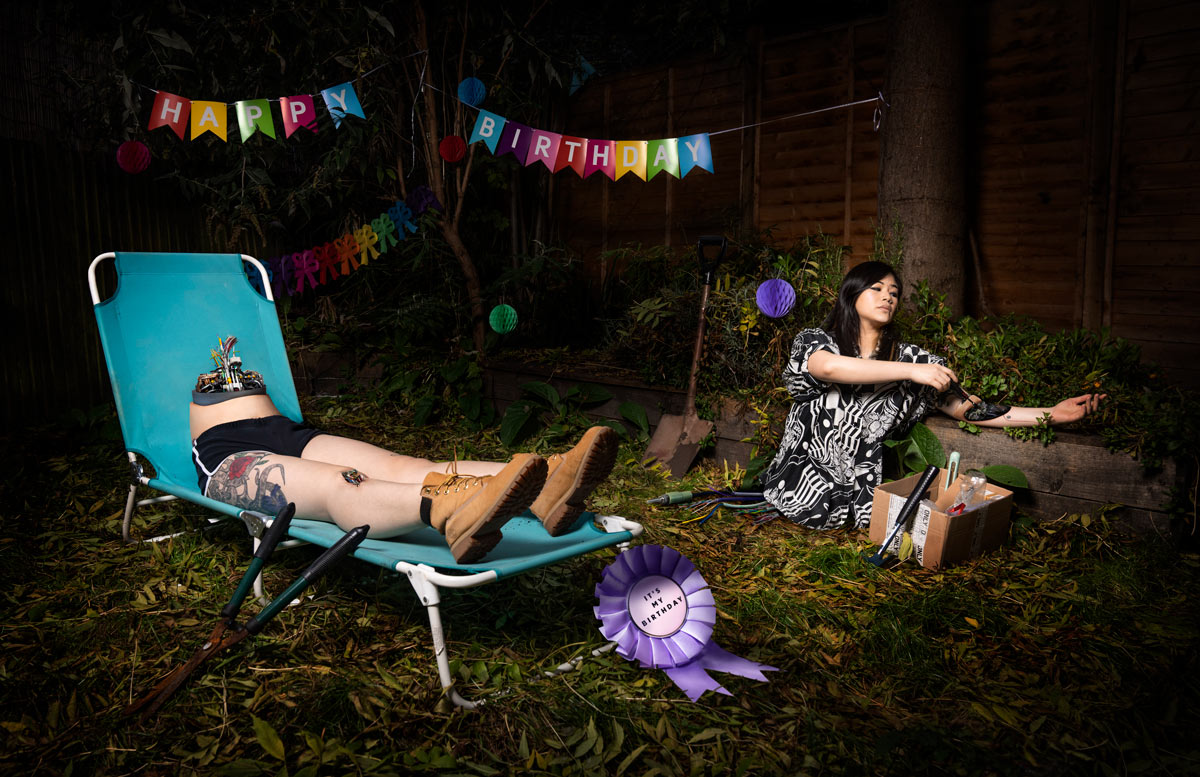
"Jill was diagnosed with dyslexia and depression at 15/16, then PCOS at 19. Her depression resurfaced into her 20s and in 2021, at age 29, she was diagnosed with rheumatoid arthritis. She always felt like she was having to constantly fix herself to be able to live at a 'normal level'."
'Being diagnosed made me realise my mortality. Pushing myself to the extreme is not testing my limits but actually causing long term damage to my body.' - Jill

"This work is part of a photography project exploring the experience of Russian-speaking immigrants as they adapt to life in Karlovy Vary, a town in Czechia. These are people who were born, raised, and professionally established in different cities and regions of the post-Soviet space who now, they find themselves living in Czechia for various reasons.
Emigrating is tough, whether it's a choice, a necessity, or something that just happened. It means leaving behind your familiar social environment, history and language, and trying to fit into a new culture and mindset. It's not a quick transition from your old life to your new one. For the author of this project, who was born in the USSR, grew up in Russia, and now lives in the United Kingdom, understanding her own limitations and how to overcome them in the context of emigration is a central question."
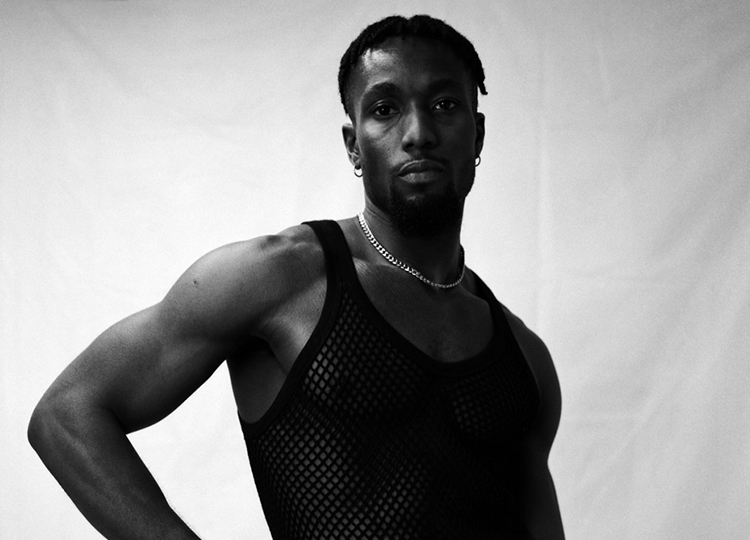
A selection of works from our Becoming Visible campaign will be lighting up the digital canvas at Old Street Roundabout, 7 February - 3 March 2024.
Find out more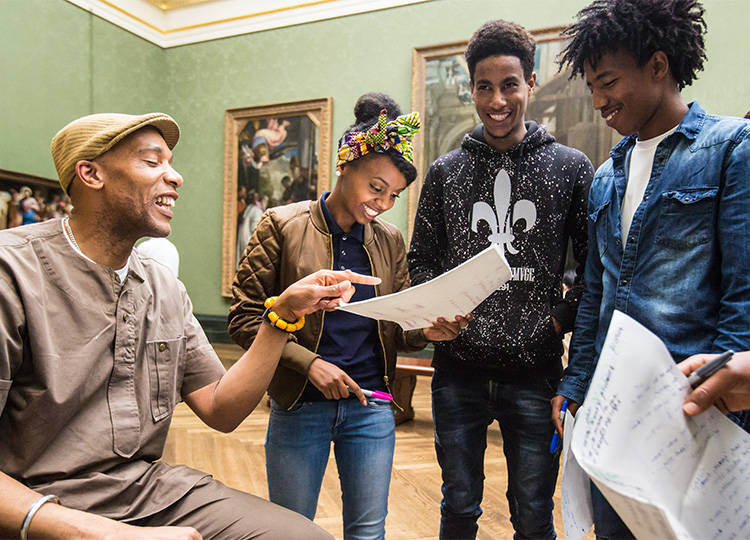
We regularly put out calls for photographs, papers, events and more.
Find out moreAll images © and courtesy the artists.
Banner image: Zadoc Nava, My Father in his Garden, North London [detail], from The Snowman, 2020. Courtesy the artist.
Autograph is a space to see things differently. Since 1988, we have championed photography that explores issues of race, identity, representation, human rights and social justice, sharing how photographs reflect lived experiences and shape our understanding of ourselves and others.